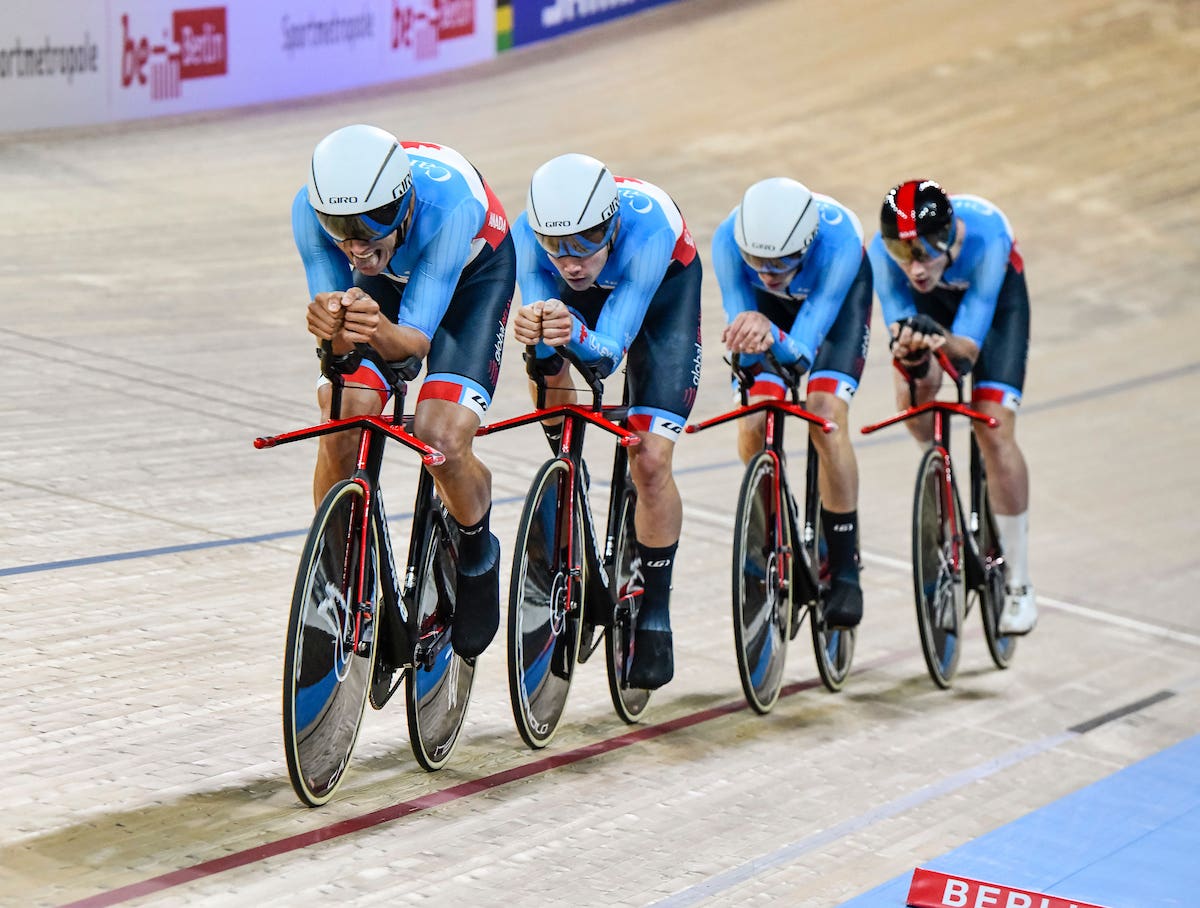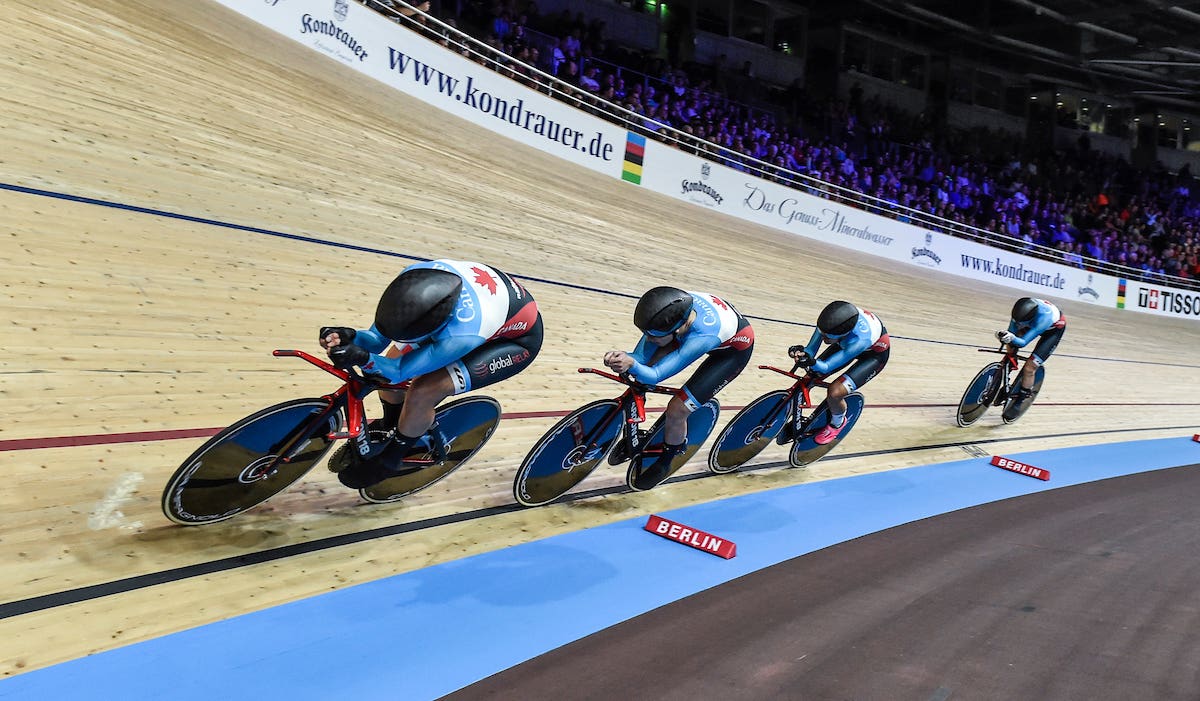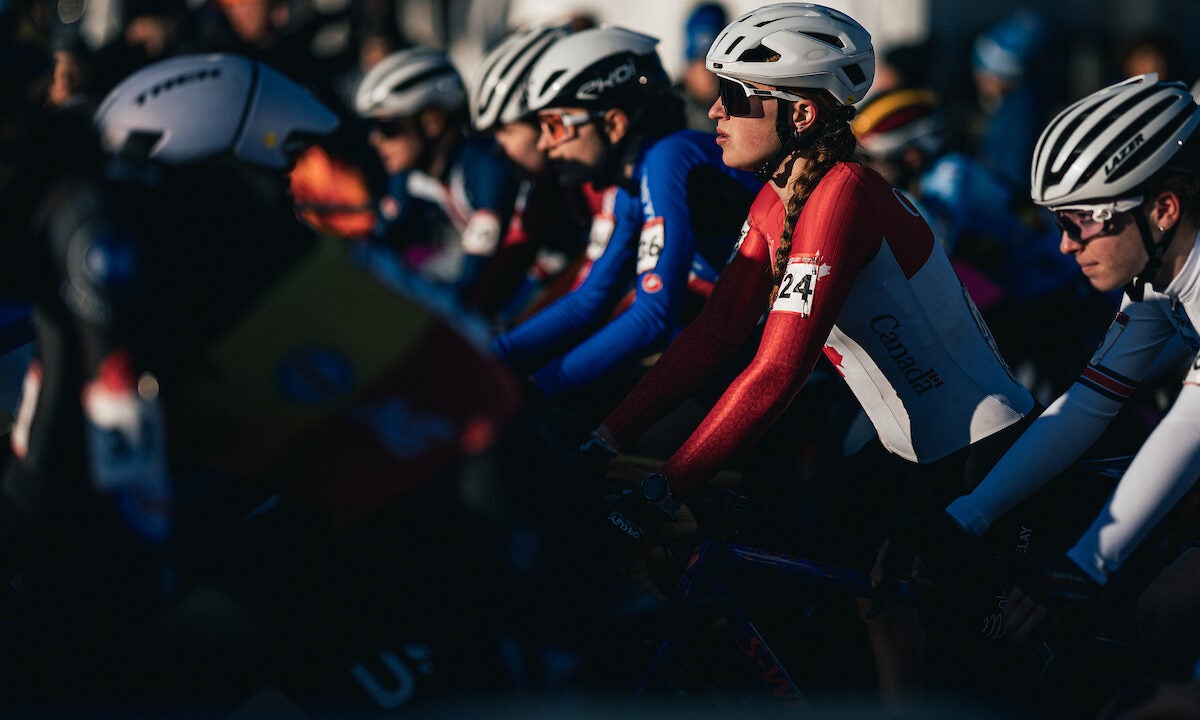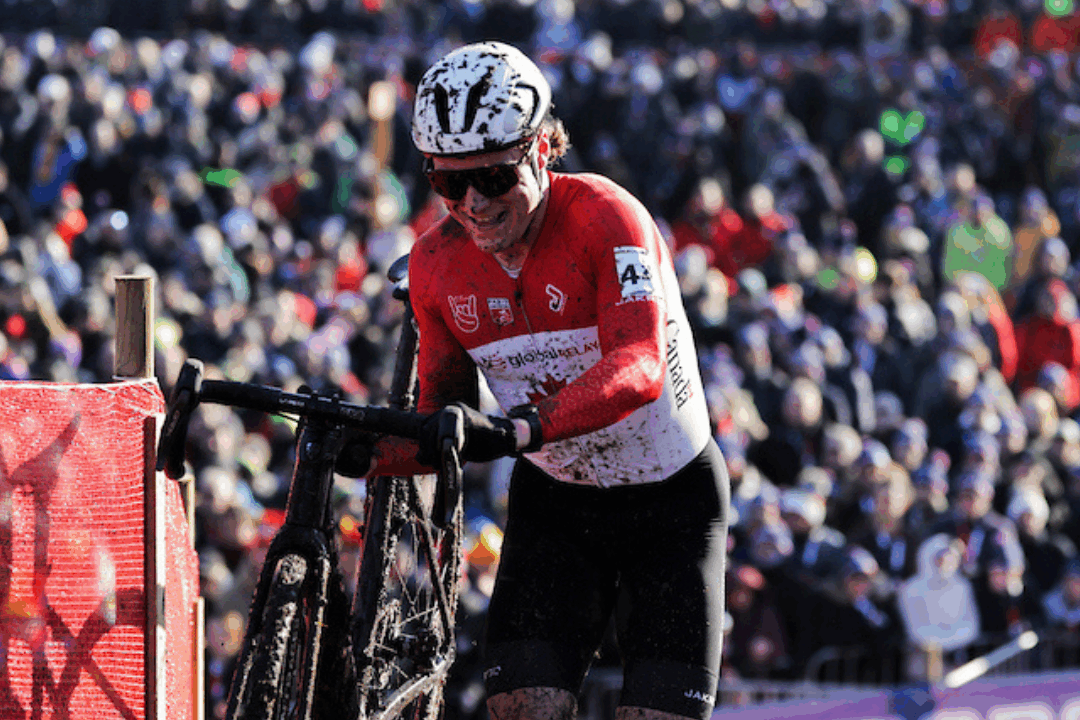
I know I may be slightly biased but I love the team pursuit. Having worked closely with both our men’s and women’s team pursuit squads over the last 5.5 years, it’s an event that has completely captured me.
Two teams going to battle, chasing each other down on opposite sides of the track as the race unfolds. The lead can change back and forth as each lap ticks down. Both quartets completely in unison working together to keep the pace, and riding within millimetres from the wheel in front. One rider swings off the front with precision and rejoins the back of the team. It really can be a thrilling and beautiful spectacle.
To the untrained eye, it can seem quite simple – just ride faster than your opponents. But there is a fine art to the team pursuit – it can be anything but simple. And this is what I love about the event. It is highly complex, and there is an extremely fine balance between training, racing, recovery and preparation, ensuring you have a strong team of riders in peak condition at the same time.
The physiological demands of the team pursuit are incredibly intense that each rider is on their absolute limit when crossing the line. The event represents quite a unique challenge in high performance sport as there is close interplay between aerobic and anaerobic physiology. Athletes with very different physiological profiles have an opportunity for success in this event, depending on different roles and strategies chosen. For example, position 1 is the starter and their job is to accelerate the team up to speed. This athlete would therefore have a bigger anaerobic capacity than the rest of the team, whereas position 4 generally finishes the event for the team doing longer turns on the front throughout. This type of athlete would usually be more ‘aerobic’ with a higher threshold. Race strategies and tactics are highly dependent on the composition of your team, and knowing the strengths and weaknesses of each rider is key.

On top of performing right on the edge of their physical capabilities, technical demands are also very high. The team needs to be extremely disciplined and work cohesively together to ride towards the scheduled pace. Differences of just 0.1s in lap times can have a significant impact on the pacing of the race – if you go out too hard, the team could blow up before the end. Athletes also need to execute exchanges with absolute precision, where they swing off the front of the team and rejoin the back, all of this whilst riding at speeds of nearly 65 km/h (in the men’s event) and millimetres from the wheel in front.
I am fascinated by the history and evolution of the team pursuit. The sport has changed significantly, especially in the last Olympic cycle, where there has been a big focus on sport science and technology. I’ve analyzed thousands and thousands of team pursuits over the years, and we are able to optimize performance like never before. We train in a velodrome with a sophisticated timing system that allows us to produce detailed reports on every ride. Each track bike has a powermeter that captures data from every pedal stroke, and we use this information to break down performances alongside video feedback. We do a lot of opponent analysis using video from competitions to analyze trends on pacing, gearing and strategies from our key rivals to make sure we stay ahead of the game. As team pursuits are getting faster and faster, there has been a big shift in the last few years particularly in strategies, gearing and aerodynamics. There are endless amounts of data at our fingertips that impact our training methodologies, race day strategies and equipment, and we are constantly pushing the boundaries of human performance.
Yet despite this, it still all comes down to the team execution on race day. Years of preparation and plenty of blood, sweat and tears, and ultimately it comes down to 4km of racing. You can have all the sport science and preparation in the world but it is a fine art to get every aspect right. When it goes well, it really can be the most beautiful spectacle.




